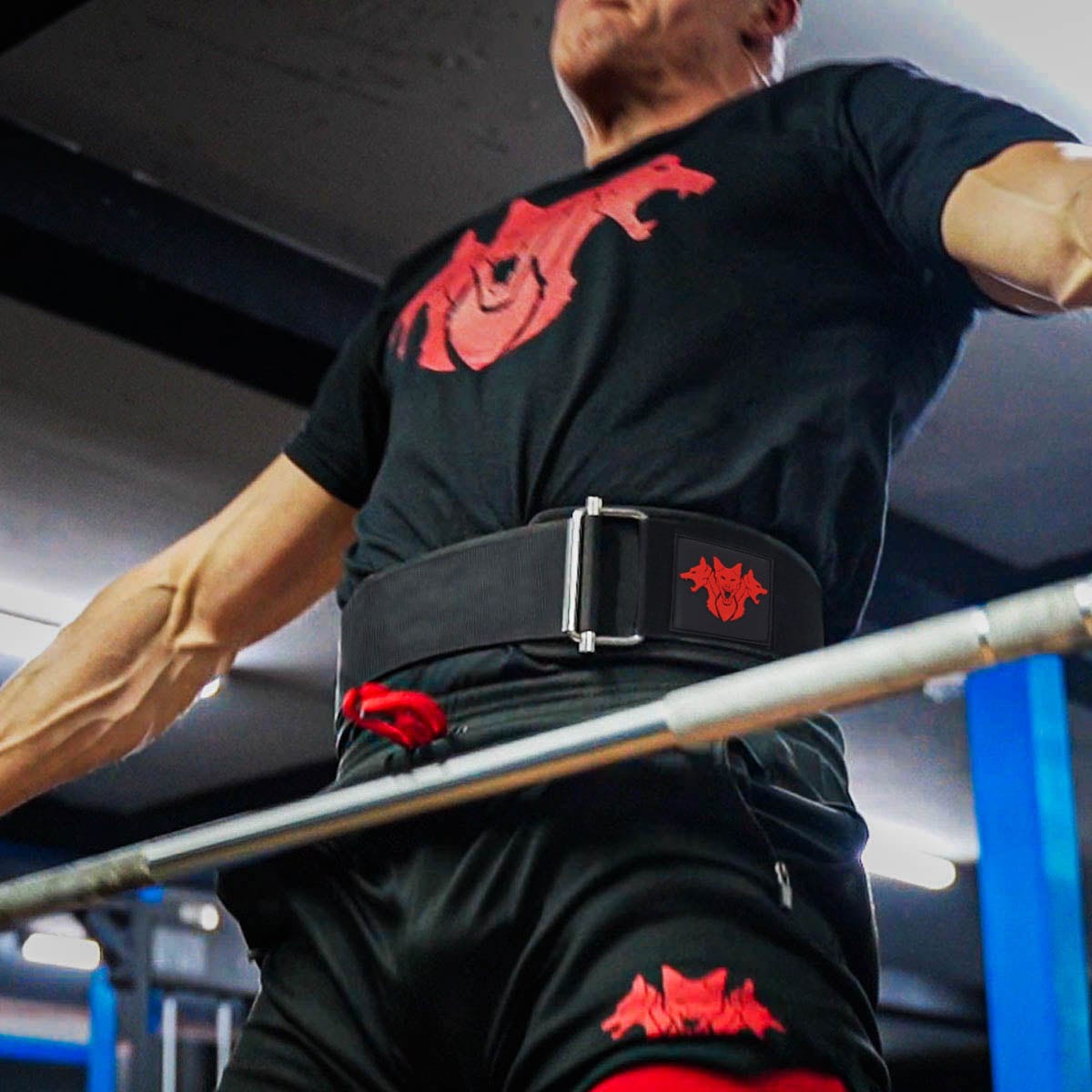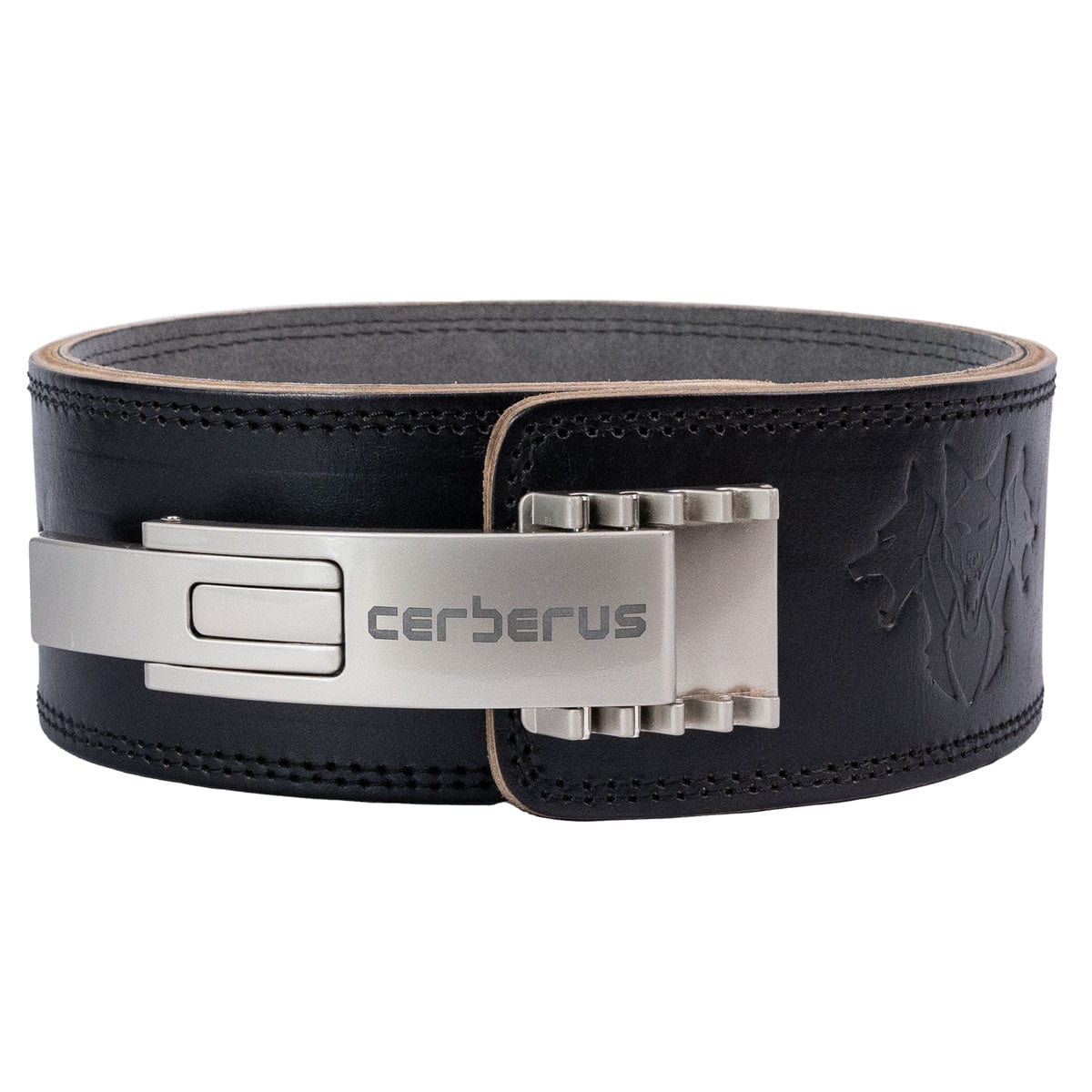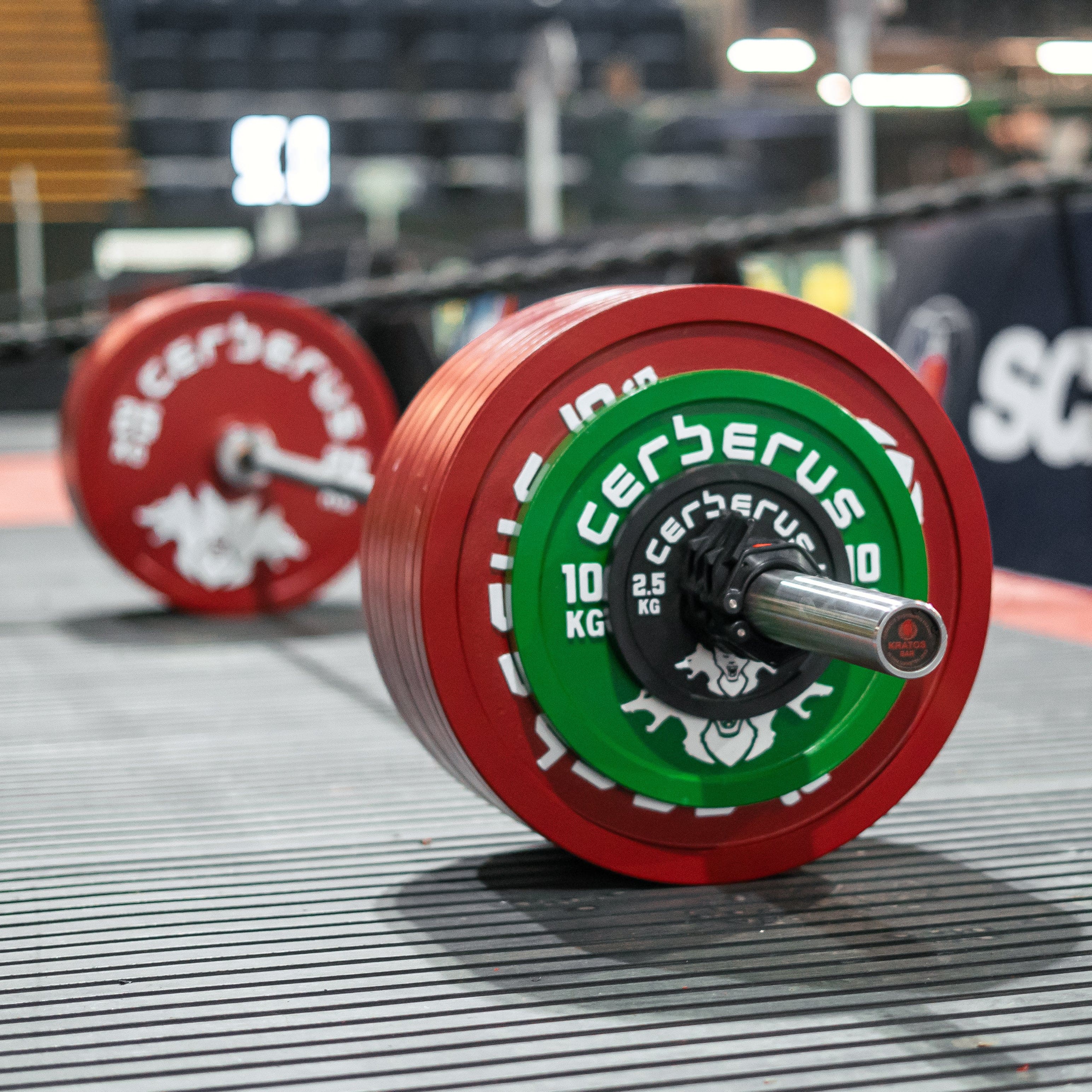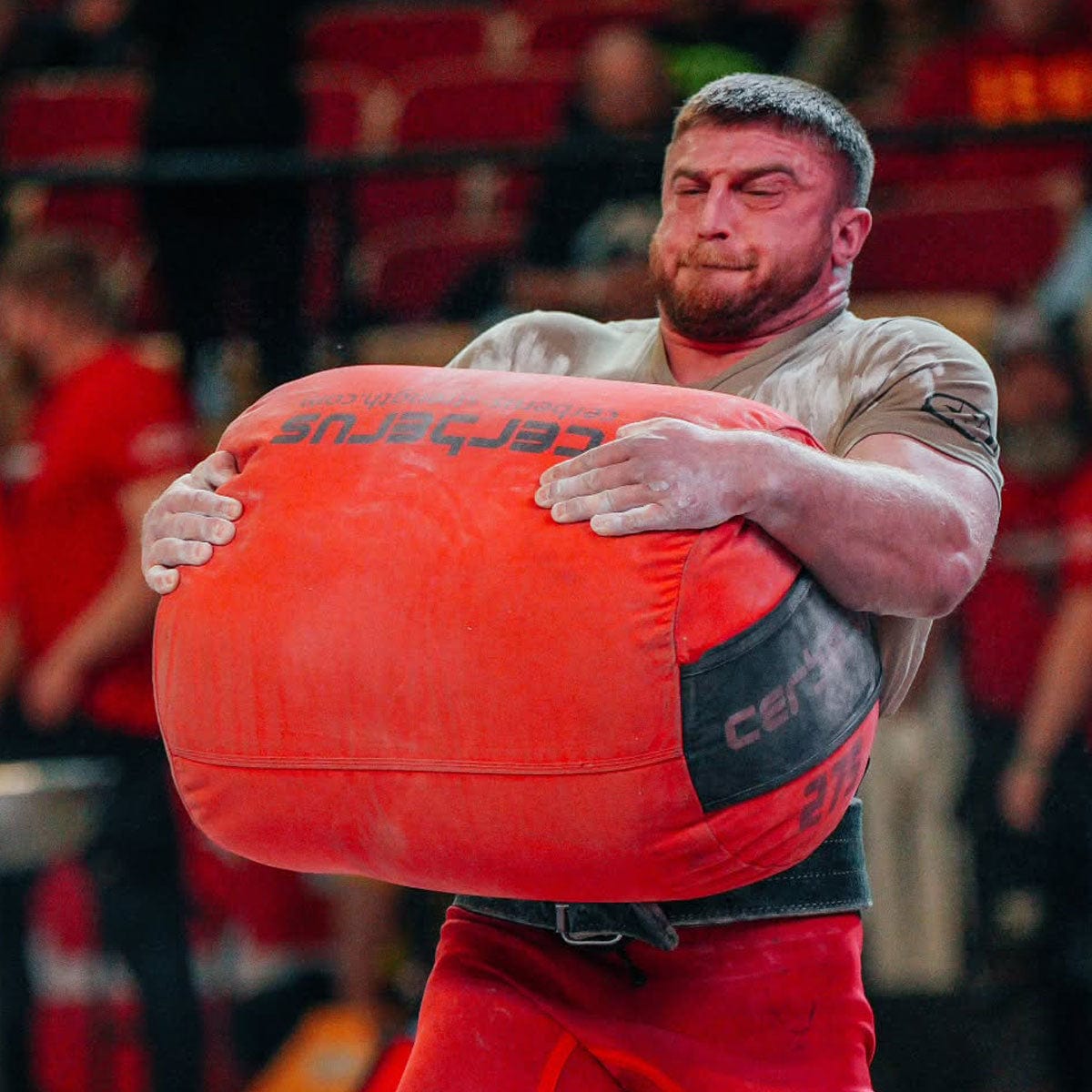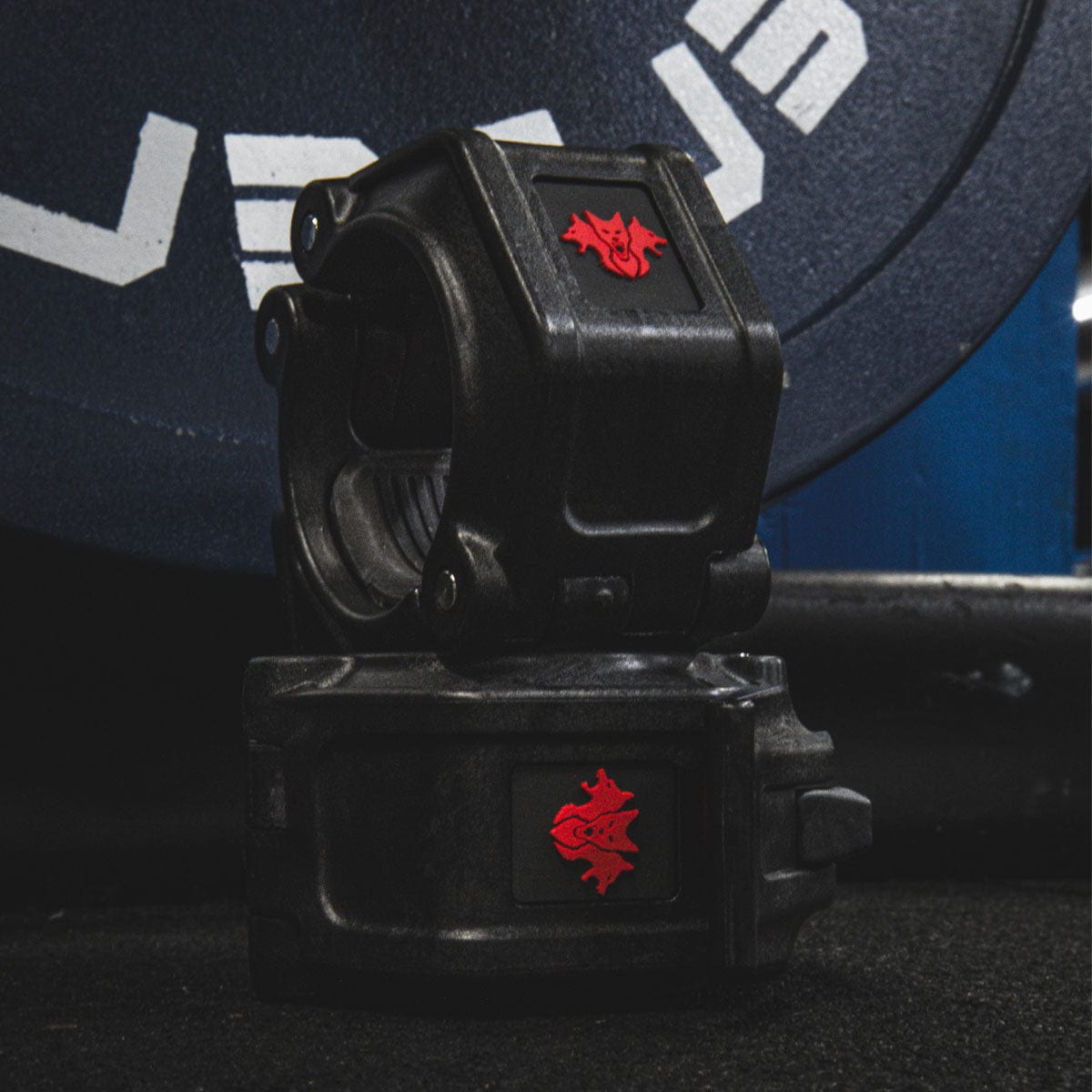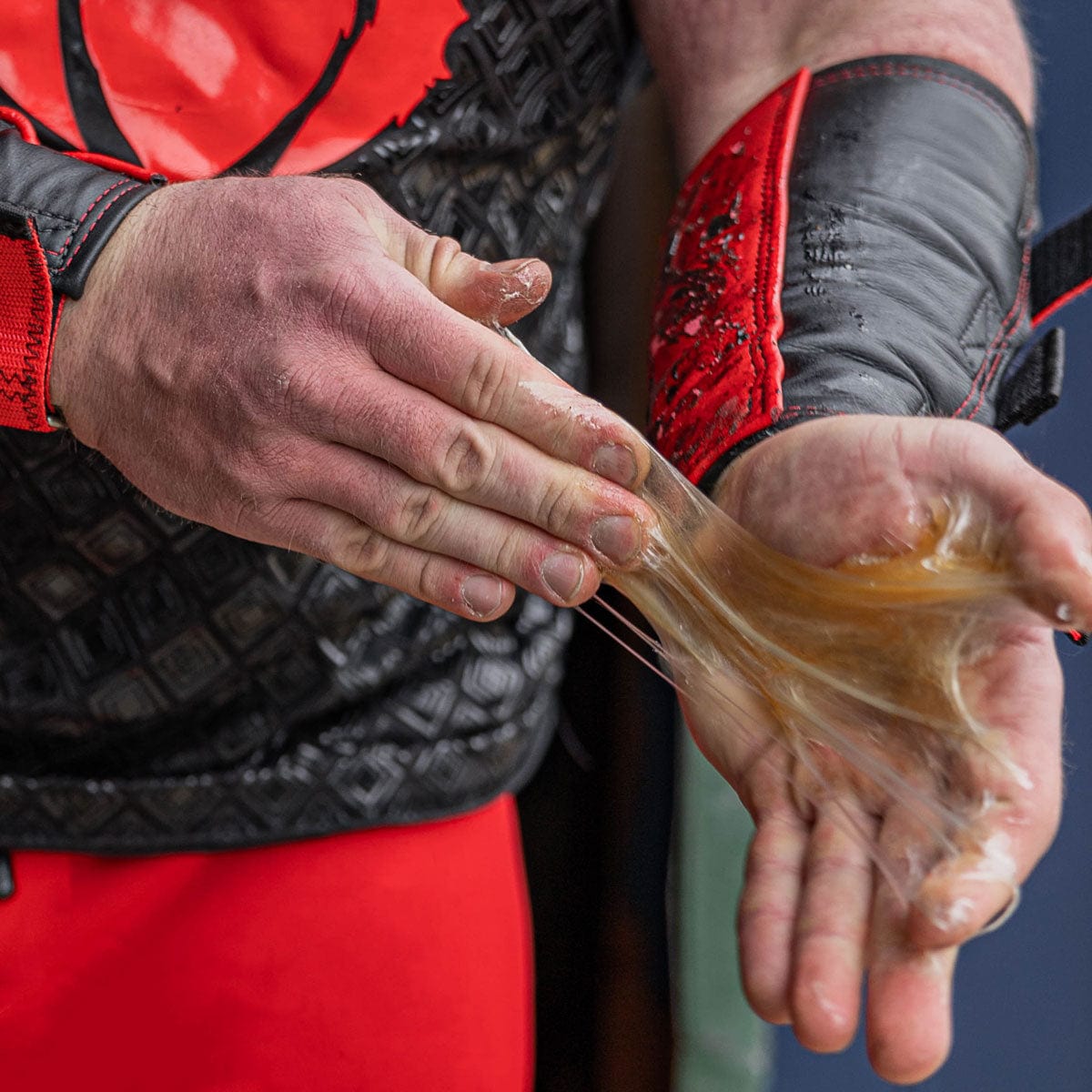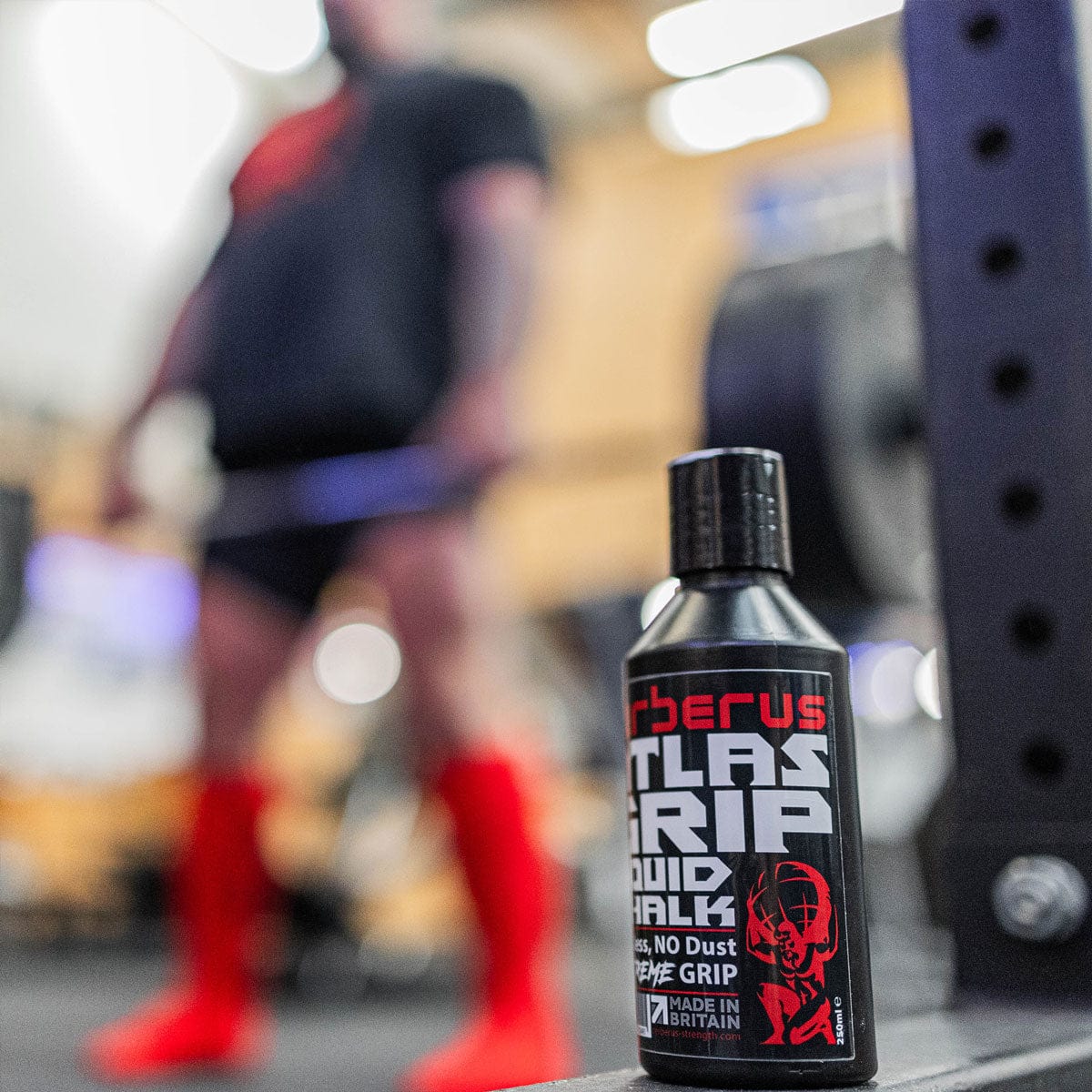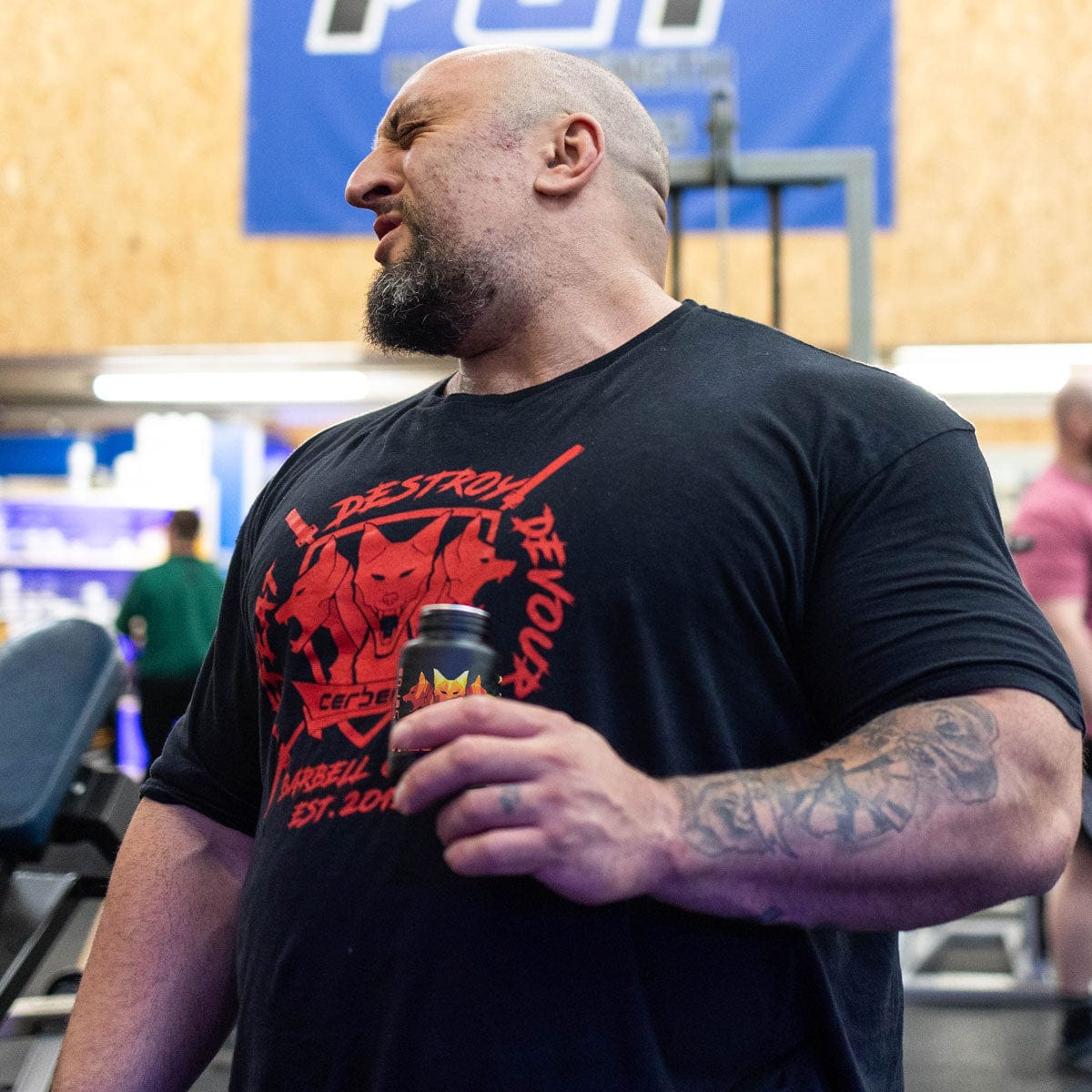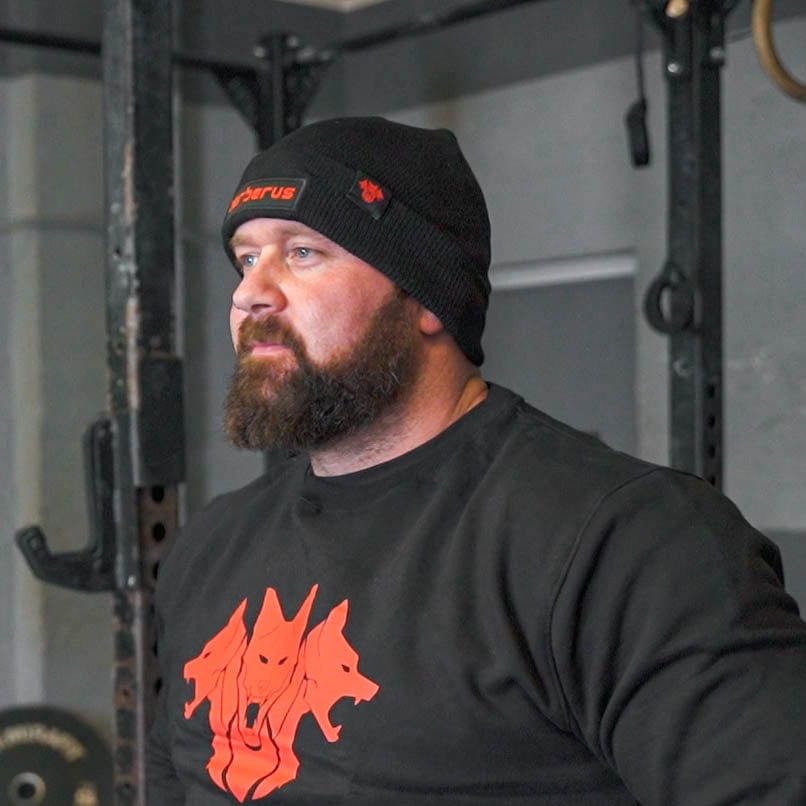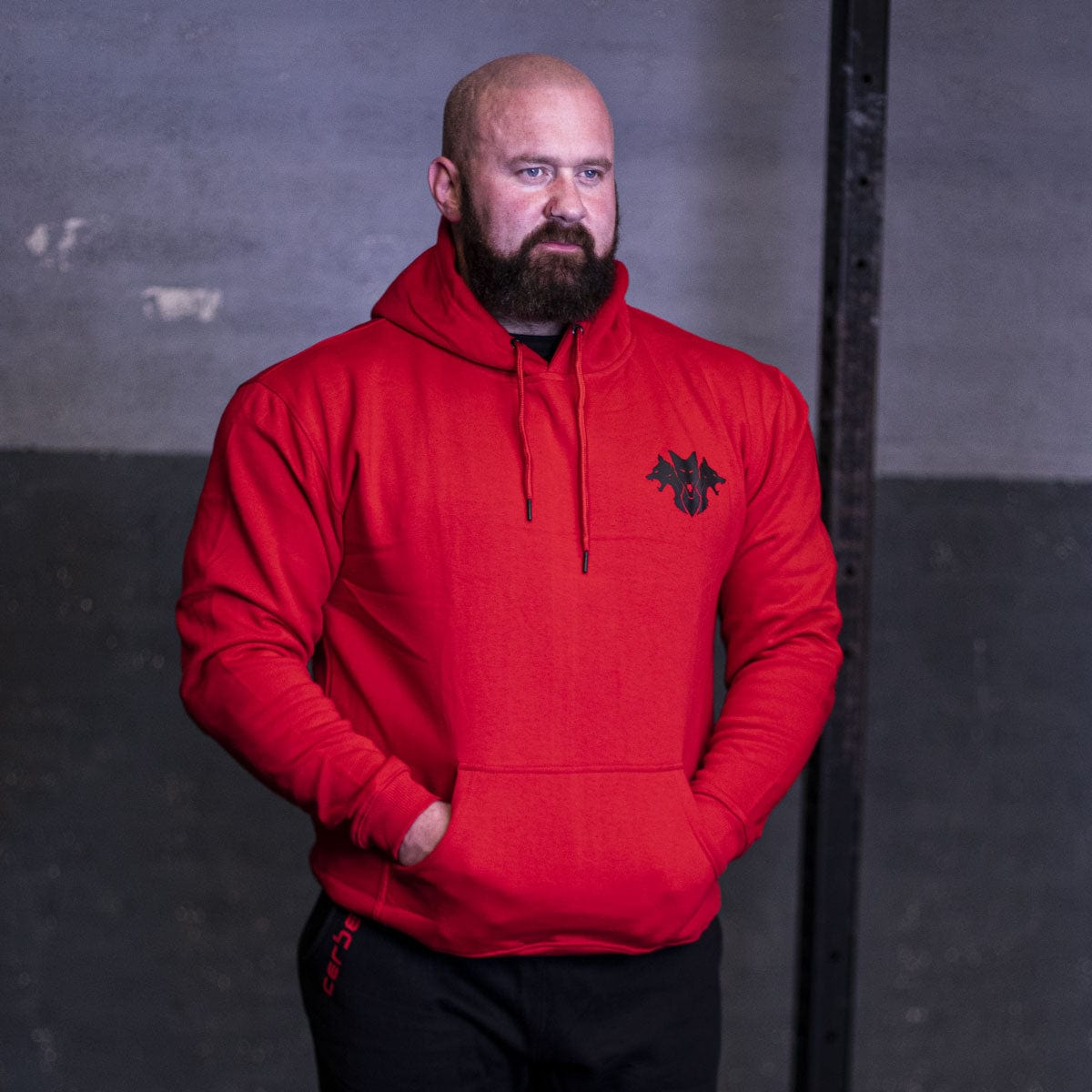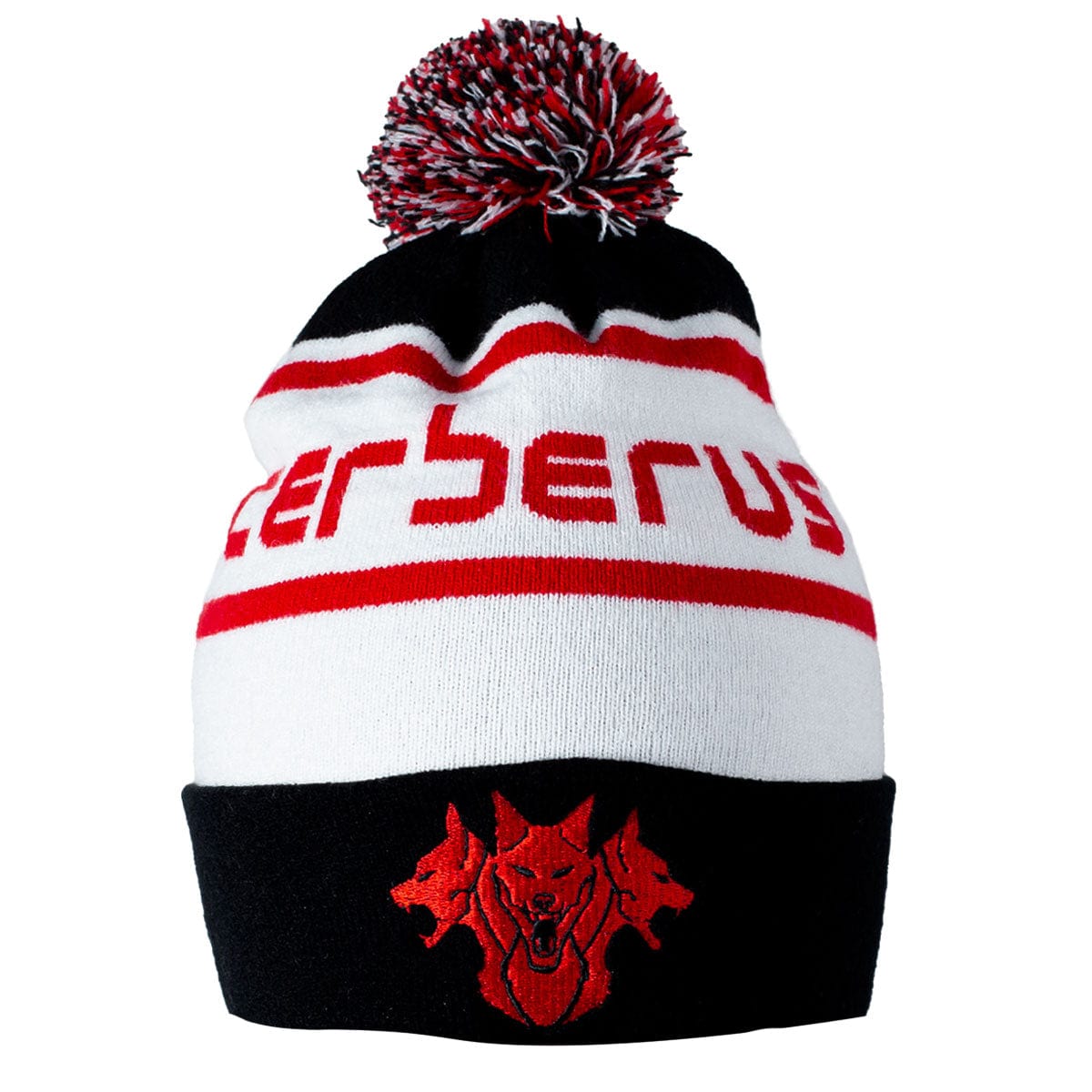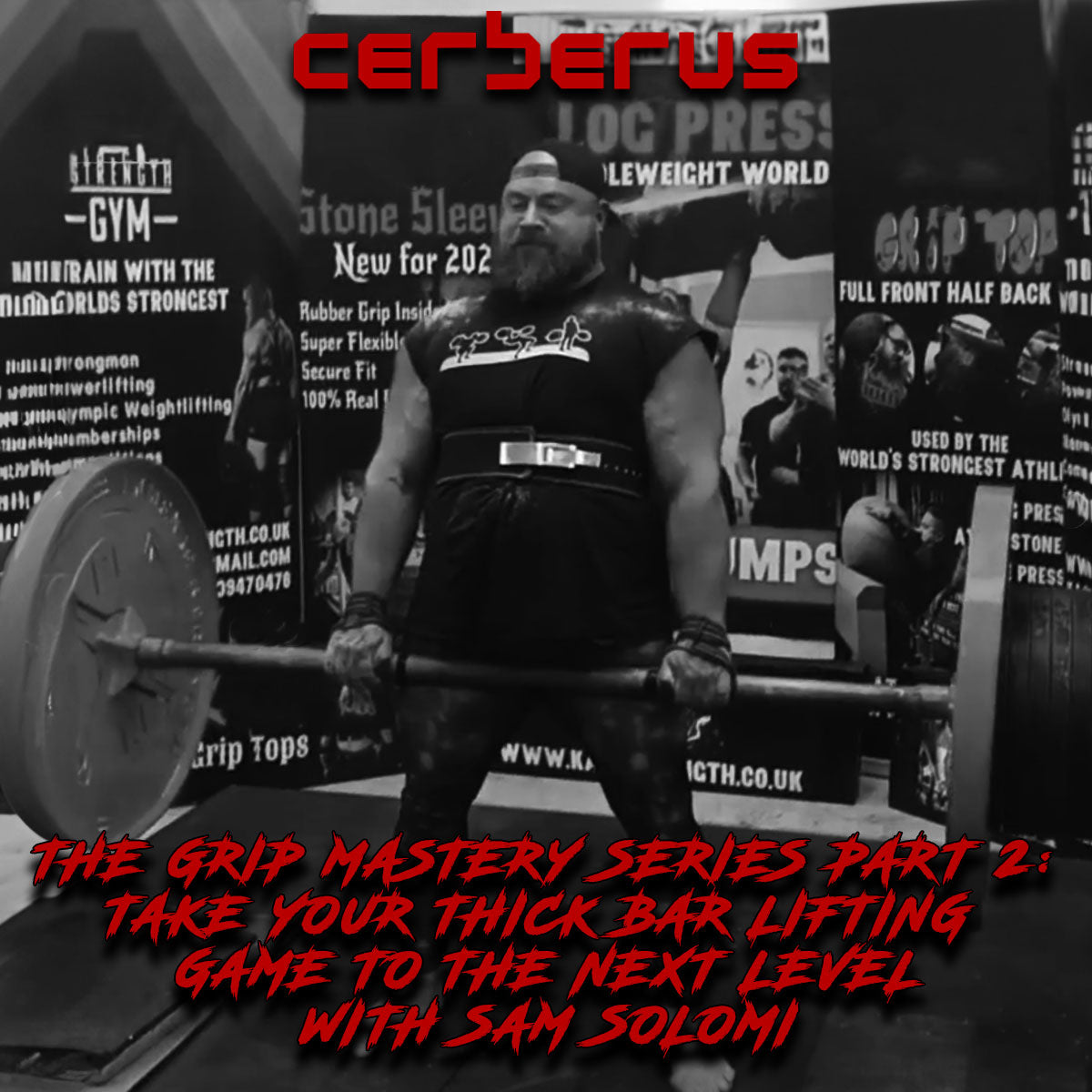Part 1 of my series on grip strength will be focused on pinch strength or the ability to grasp objects between the thumb and fingers with force, and then lift them.
In strength sports, you often see people lose their grip on implements. Whether it's a heavy deadlift slipping at lockout or a pair of farmers walks peeling hands open, you might have noticed that the thumb often comes off first. Once the thumb is gone, you're left hanging on with just your fingertips and nothing to lock it in place. The purpose of this blog is to talk about how we can work on getting the thumb as strong as possible to prevent it from coming off, and leading to grip failure. Pinching things is the best way to train the surrounding muscles of the thumb, indeed, after a few months of training, it is possible to notice hypertrophy in this area too. So it'll be effort to put your watch on, but worth it for that deadlift PR or higher placing on duck walk or farmers walk event.
How to train pinch grip?
Even if you don't own any specialist equipment you can train it with the plates in your gym. I like pinching metal plates best, with smooth sides facing outwards. Always apply chalk. I choose plates that are rough in texture and hold chalk well. We want grip to be tested, not friction from brand new shiny plates. Also, if possible try to avoid plates that are too sharp on the edges. We don't want any unnecessary skin tears from the training.
Assuming you have access to metal plates, 2x10kg one handed or 2x20kg two handed is a good place to start for sets and reps for most men that strength train. Women would usually start on 2x5kg or 3x5kg one handed or 2x10kg or similar with 2 hands. Progression can be quite quick, especially with all the different combinations of plates allowing micro-loading. 2x20kg with one hand for a high level strongman is considered a world class grip, and only a handful of people have ever done 2x25kg one handed.
If you don't have metal plates, you can get almost the same results from using bumpers. The big 10-25kg bumpers are great for one hand pinches, as well as farmers walks in a pinch grip. Again, with fairly small jumps it's easy to track progress and improve nearly every session.
It might also be worth mentioning that you can buy pinch blocks from many websites now, some of these have a nice textured finish to hold chalk, and aren't sharp. You just attach it to a loading pin and lift either one handed or two handed. The ability to go up in little jumps make these very useful. It may be worth getting one, especially if you haven't got access to suitable plates in your gym. There are also "saxon bars" which are barbells that you load at the end but you lift them in a pinch. You can deadlift, row, clean, press, curl, wrist curl, and even Snatch these. They are one of the most versatile pieces of equipment you can buy. Another specialised piece of equipment people use for building pinch strength is the blob. A "blob" is half a York dumbbell that's been cut in half for a grip challenge. The way they are curved makes them a unique challenge. If you're lucky enough to own them, they build pinch strength like nothing else.
One final way to hit your thumb from a different angle is to hub lifting. That is, lifting plates by the middle, which we call "the hub". The challenge from back in the day was to lift a 45 pound plate to lockout in this style. Again, not all gyms have suitable plates, so you can buy an attachment to mimic it. Once again, this allows for micro-loading to work up to spectacular circus level strength. It is good to add variation to your training as it will prevent skin tears and overuse injuries like tendinitis and the like.
Frequency and volume
Grip can be trained very often, as our hands have evolved for everyday use. However, I'd start off gradually and slowly increase workload and volume. Everyone is different with what they can handle. A good starting point would be to hit pinch grip twice a week, and try to hit a little more each time, both in terms of total tonnage and maximum weight lifted. The key is to stop before you damage the thumb webbing skin. Never push past skin discomfort. Let the skin adapt. Using a cream like E45 after training will help protect the skin. Look after your hands and they will look after you come that big PR day.


